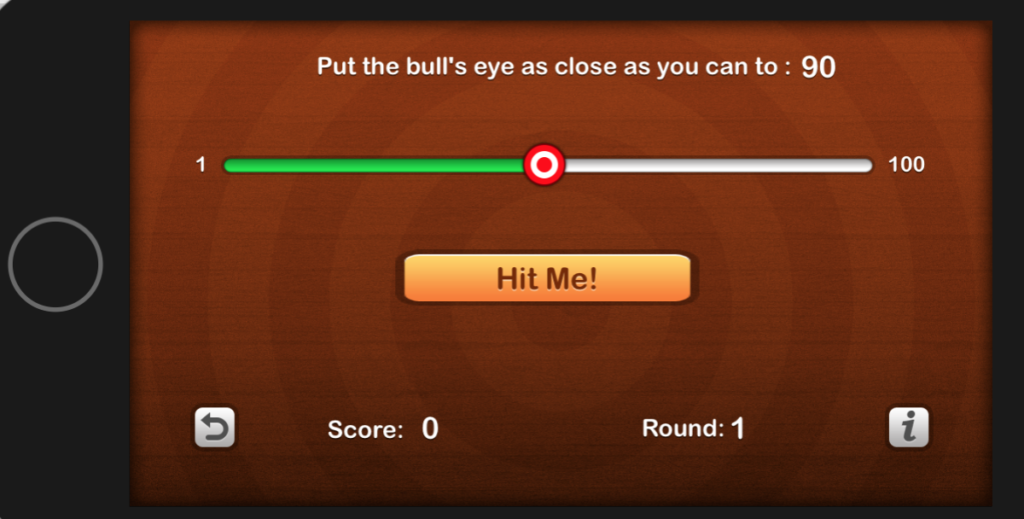

Since there were many listeners for the same notification, network calls for the same item were duplicated. Network calls and callbacks were handled through notifications, which I usually recommend to avoid. The alert would not only show once but multiple times.Īfter a more in-depth investigation, I discovered that the problem was caused by the networking stack of the app, which had the wrong architecture. Since that was a new item, it clearly was not possible. But sometimes, when adding a new item, the app would reply with an alert saying that the object already existed on the server. The app displayed a list of items, and the user could add more. I once worked on a project where strange bugs happened randomly.
IOS SWIFT SHARE BUTTON CODE
Many developers simply put together pieces of networking code they find on Stack Overflow, o use a networking library.īut networking has a lot of hidden pitfalls. It’s easy to say: “I need to get some data from a REST API.” But such sentence hides a ton of complexity.

Moreover, many parts of your app’s architecture need to interact, making the task more complicated than it might seem at first. When making asynchronous network calls, you need to combine several features of Swift, SwiftUI, and the Foundation framework. Writing the networking layer of an iOS app, though, is not a simple task. And often, such a web service is a REST API that returns data in JSON format.

Networked apps usually interface with a remote web service that provides data. You just have to add a static variable to a class to keep a shared instance of the class itself, and you are done.Networking is a requirement for most modern iOS apps. The singleton pattern is very quick to implement, especially in Swift, and it works well.

As your users navigate through the screens of your app and interact with it, you need to keep a global state that tracks all the changes the user makes to the data.Īnd this is where most iOS developers reach for the obvious, but incorrect, solution: the singleton pattern. State propagation across view controllers is vital in any iOS app. I myself have fallen into this trap in the past. One of the most common iOS development bad practices arises when passing state between the view controllers of an app. I realized that, like many iOS developers, I had succumbed to some classic pitfalls of bad coding practices. From then on, the problems in my code started to stick out like a sore thumb. Not much later, I started reading about some best practices. I had the typical developer hubris: we often think that what we do is great and others don’t get it. I dismissed their judgement, thinking that my code was great and there was no way it could be improved. Although they said the quality of the code was not bad, they pointed to the fact that the code was hard to maintain and to test (unit testing was not very popular in iOS development back then). When their response came back, the verdict was different than I thought. That didn’t bother me, because I thought my code was impeccable and that the review company would say the same. Part of this process involved sending the code of the app I wrote to a third party for review.
IOS SWIFT SHARE BUTTON SOFTWARE
Big companies, especially banks, usually have processes in place to ensure that their software is secure, robust, and maintainable. A few years ago, when I was still an employee in a mobile consultancy, I worked on an app for a big investment bank.


 0 kommentar(er)
0 kommentar(er)
